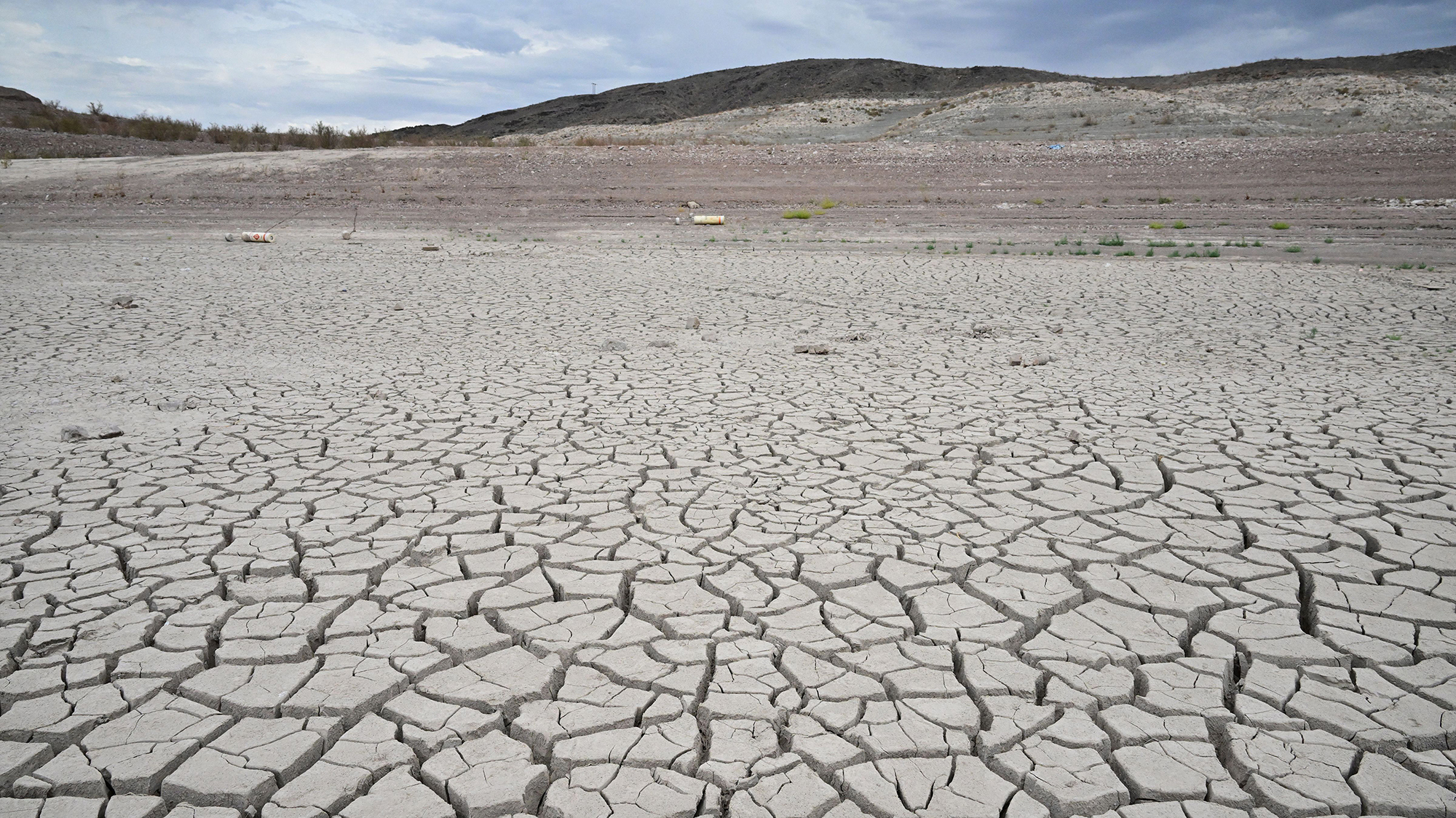The planet could cross critical global warming thresholds sooner than previous models have predicted, even with concerted global climate action, according to a new study that used machine learning.
The study estimates that the planet could reach 1.5 degrees Celsius of warming above pre-industrial levels in a decade, and found a "substantial possibility" of global temperature rises crossing the 2 degrees threshold by mid-century, even with significant global efforts to bring down planet-warming pollution.
Data shows average global temperature has already climbed risen around 1.1 degrees to 1.2 degrees since industrialisation.
READ MORE: Storm warning for east coast after powerful Sydney deluge

"Our results provide further evidence for high-impact climate change, over the next three decades," noted the report, published on Monday in the journal the Proceedings of the National Academy of Sciences.
Under the 2015 Paris Climate Agreement, countries have pledged to limit global warming to well below 2 degrees — and preferably to 1.5 degrees — compared to pre-industrial levels.
Scientists have identified 1.5 degrees of warming as a key tipping point beyond which the chances of extreme flooding, drought, wildfires and food shortages will increase dramatically.
Temperature rises over 2 degrees could bring catastrophic and potentially irreversible impacts, including pushing three billion people into "chronic water scarcity".
READ MORE: Two women filmed trading blows on busy Melbourne road

Sign up here to receive our daily newsletters and breaking news alerts, sent straight to your inbox.
The study used artificial neural networks — a type of machine learning or artificial intelligence — which scientists trained on climate models and then used historical observations of temperature around the world "as independent input from which the AI makes a prediction," said Noah Diffenbaugh, a professor at Stanford University and a co-author on the study.
Diffenbaugh and his co-author Elizabeth Barnes, a professor at Colorado State University, assessed three different scenarios: low, medium and high "forcing" climate pathways, which refer to the intensity of the heating caused by greenhouse gases in the atmosphere.
In all three scenarios, the scientists estimated that the world would hit 1.5 degrees of warming between 2033 and 2035, even if planet-warming pollution is substantially reduced.
Diffenbaugh said that while "individual years are likely to reach 1.5 degrees sooner," their predictions "are focused on how long until the global mean temperature was warmed 1.5 degrees".
READ MORE: Boris Johnson says Putin said he could hit him with missile
The study's prediction is in line with previous models. In a major report published in 2022, the Intergovernmental Panel on Climate Change (IPCC) estimated that the world could cross the 1.5 degrees threshold "in the early 2030s".
Where the study departs from many current projections is in its estimates of when the world will cross the 2 degrees threshold.
While the IPCC projects that in a low emissions scenario, global temperature rises are unlikely to hit 2 degrees by the end of the century, the study returned more concerning results.
The AI predicted a probability of around 80 per cent that 2 degrees warming will be reached before 2065, even if, over the next half century, the world reaches net-zero — where it removes at least as much planet-warming pollution from the atmosphere as it emits.
If emissions stay high, Diffenbaugh said, the AI predicted a 50 per cent probability that 2 degrees will be reached before 2050.
There is "clear evidence that a half degree of global warming poses substantial risks for people and ecosystems. Hence, the greater the global warming, the greater the challenges for adaptation," Diffenbaugh said.
While many net zero decarbonisation pledges and targets have been framed around holding global warming to 1.5 degrees, he added: "The AI predictions in our study suggest that those may be necessary to avoid two degrees".
The use of machine learning to make predictions is increasing in climate science, Diffenbaugh said.
"The AI is able to learn the most reliable indicators of how long is left until a given global warming level is reached in a large number of sometimes contradictory climate model predictions," he said.
Sign up here to receive our daily newsletters and breaking news alerts, sent straight to your inbox.
